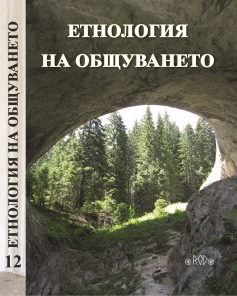Пощенските картички от стария Свищов – знаците на модерността и градските митове
The postcards of the old Svishtov – the signs of modernity and the urban myths
Author(s): Nikolay NenovSubject(s): Anthropology
Published by: Асоциация за антропология, етнология и фолклористика ОНГЬЛ
Summary/Abstract: The oldest postcards in Svishtov are from the beginning of the 20th century. The state institutions, the places of authority, the communication points, the education institutes – we have in front images, conductors of Modernity, whose presence affirms the European outlook of the town. Svishtov could be proud of its affirmed places of education – not only because its buildings were designed by famous architects, but also because they are among the first in our country, where knowledge is able to bring a higher quality of life for the local community. The postcards today are collection targets and are perceived as part of the elite culture. Actually, the postcards are a media, part of the popular culture and are too far from being unique and elite. Namely in this environment of existence, they are one of the channels for visual information – both in the past and in the present day. The postcards are a generator of urban myths, too. Indisputably, basic is the topos of “Svishtov – a commercial town”. Within the topic of the European appurtenance of the town, nicknamed “the Small Paris”, the main place is taken by the position of the “merchants” of Svishtov, who were connecting the town with the world. The urban myth delivered a “connection” between the name of the “Veleshana” market with traders from the town of Veles, Macedonia. The relation is part of the processes in Modernity, defined as “construction of heritage”, which have also formed under the influence of urban myths. The nomination “Veleshana” originates from a personal name. The postcards are illustrating and reproducing the urban myth – that specific narrative for the “beginning” of the town and for the activities of its “cultural heroes”. During that “initial time” of construction, most of the typical for the town’s outlook buildings appeared as well. The buildings, printed on the postcards, turned into symbols of the town, because they are associated in their functions with the Modern time. The urban myths and their “visible” messages are part of the constituents of the urban identity, and within this invisible process of social and cultural integration the postcards were active mediators.
Journal: Годишник на Асоциация за антропология, етнология и фолклористика »Онгъл«
- Issue Year: 2013
- Issue No: 12
- Page Range: 220-229
- Page Count: 10
- Language: Bulgarian
- Content File-PDF

